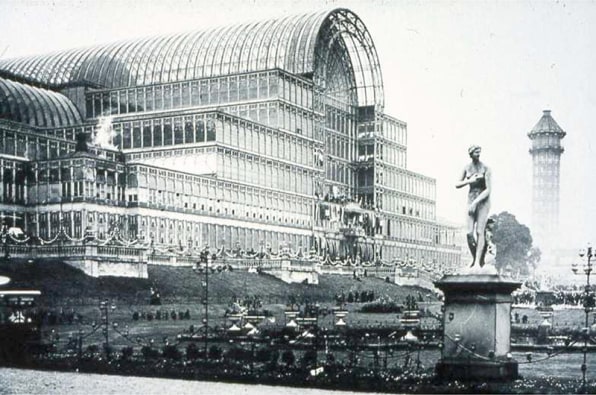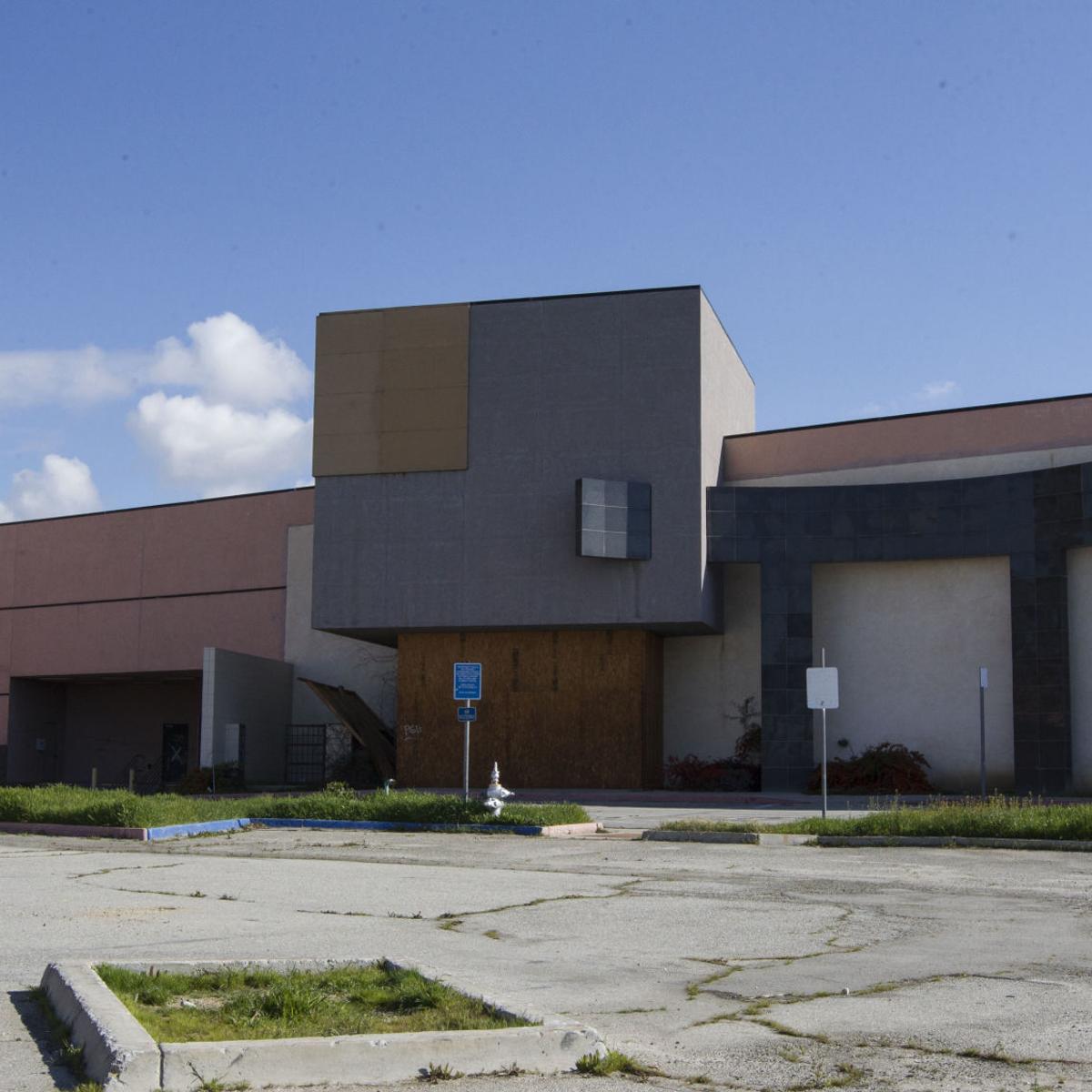First off - in the modern world, nothing lasts forever. Hence the title of the book, right? Whether it be values, beliefs, institutions, buildings, concepts, systems, fashions, governments, ideologies, artistic movements, companies, vehicles, or technologies, nothing lasts forever. Take it as you will, this isn't necessarily a bad thing, unless you are really really attached to the old thing that is being phased out.
As an example, take communism in the Soviet Union and Eastern Bloc countries. For those in power who drank the Marx and Leninist Kool-Aid, communism was an ideology that seemed so ultimately modern in its scope and goal to include every individual in the shared glory and wealth of the state. What it failed to take into account, and what contributed to the fall, was the idea of the power of the individual - the modern individual is driven toward freedom of choice (some 1984 connections can be made here), the communist system severely limited this desire by its very nature - all decisions were for the good of the motherland. The individual (although "taken care of" economically) is left without agency or choice. So a system that ideologically seemed "fair" in its conception, was ultimately doomed because of the modern drive of the individuals within it.
There's an irony at work here, because Berman notes Karl Marx's Communist Manifesto as the archetype of modernism:
...Marx lays out the polarities that will shape and animate the culture of modernism in the century to come: the theme of insatiable desires and drives, permanent revolution, infinite development, perpetual creation and renewal in every sphere of life; and its radical antithesis, the theme of nihilism, insatiable destruction, the shattering and swallowing up of life, the heart of darkness, the horror. (102)Ignoring the Apocalypse Now reference in that last line, the idea of creation and destruction is clearly synonymous with thesis and antithesis resulting in something new (synthesis). That "something new" represents what we might call progress, or more colloquially, "cleaning house" to throw away what's no longer useful in favor of that which seemingly works "better."
Another key idea of modernism I picked up is that individuals are both subject to the machinations of their world while being the very agents that construct it. This was the concept I found most paradoxical, yet liberating. First, I tend to be nostalgic and have a natural inclination toward the past, some phased out technologies and pastimes are attractive to my aesthetic sensibilities and outside interests: vinyl records and stamp collecting. Also, I have a love-hate relationship with particular technologies like cell phones and automobile accessories. So it hit home that sometimes I feel a little overwhelmed and repulsed by the technologies around us, but I also utilize many of these same technological tools (blogger.com for example) to strive for higher levels of understanding and possibility. The self-agency to pursue our interests, our choices, is really the calling card of modernism. The modern world has its influence and power - but as moderns ourselves, we act in this world of our own volition, which opens doors to endless possibilities.








&height=700&mode=crop&scale=both&width=1400&zoom=1&404=default)
